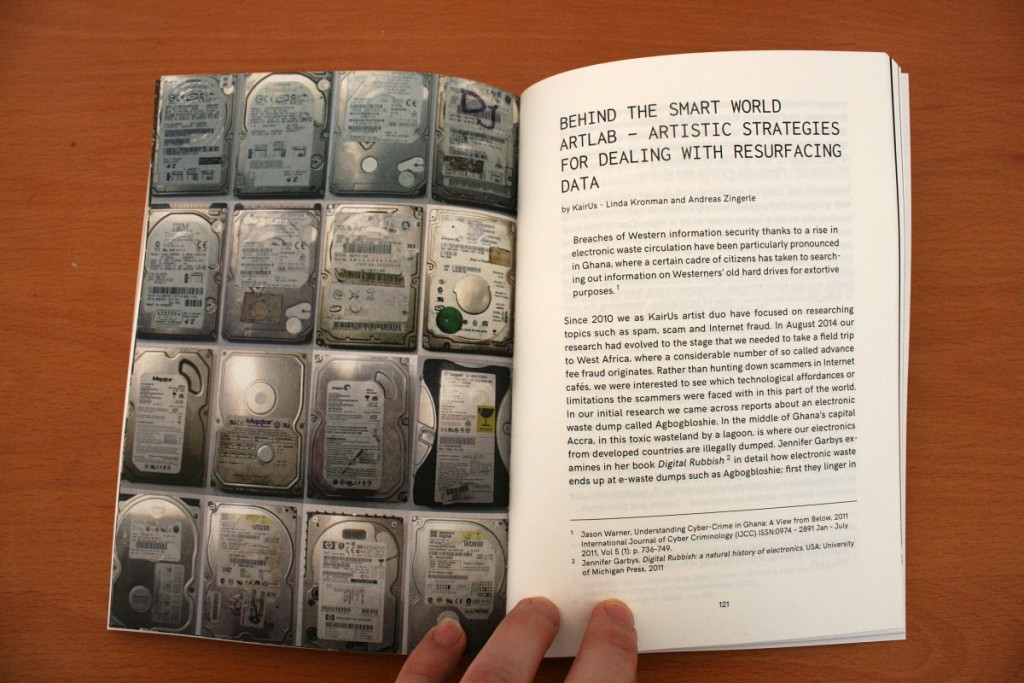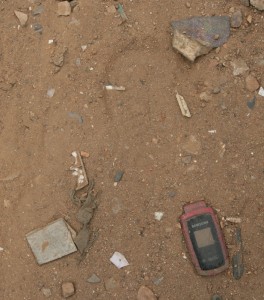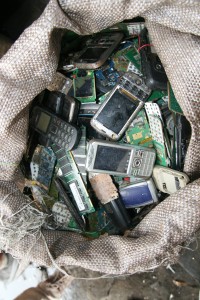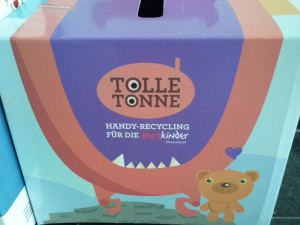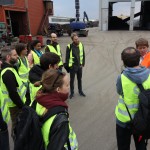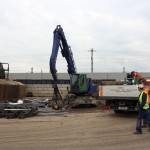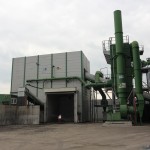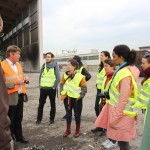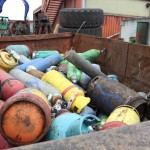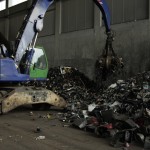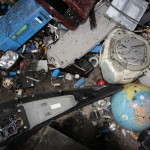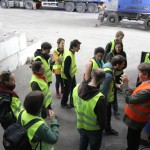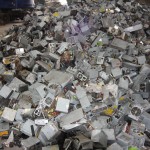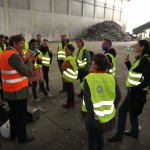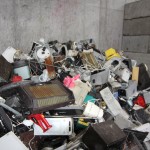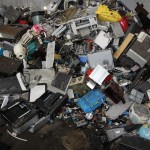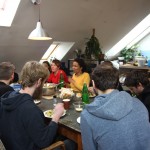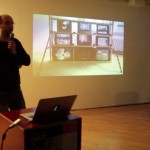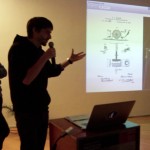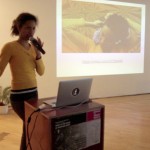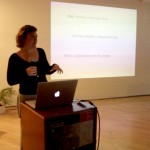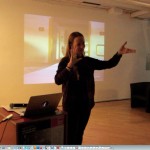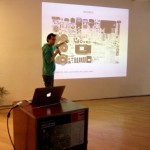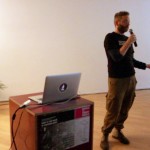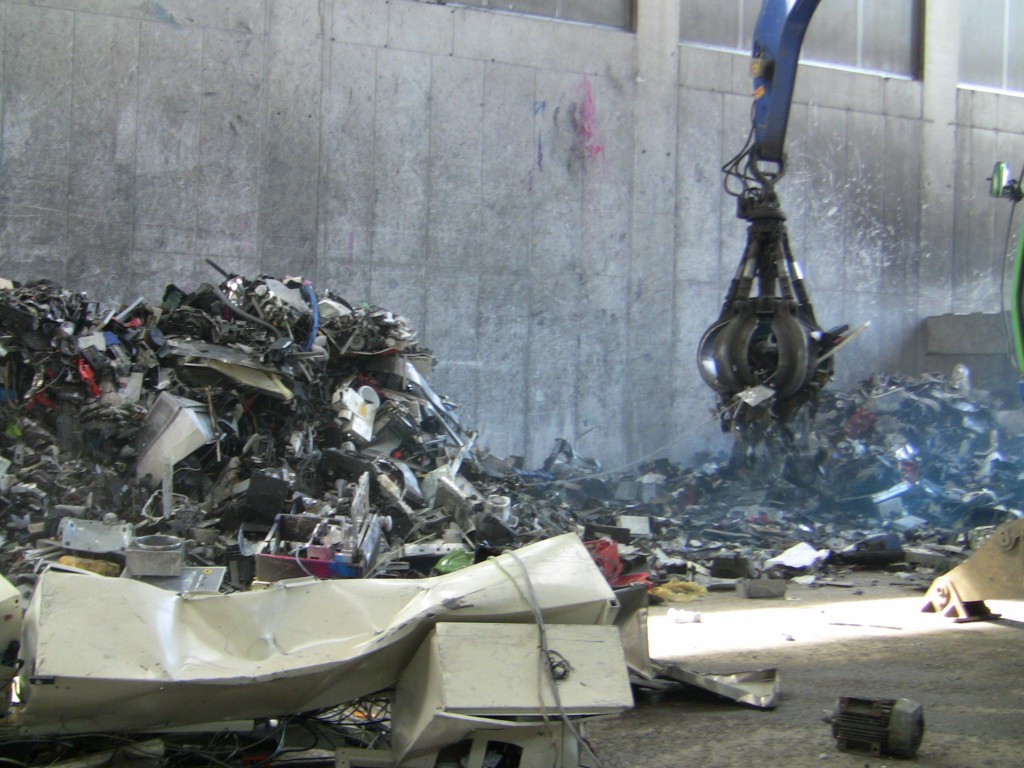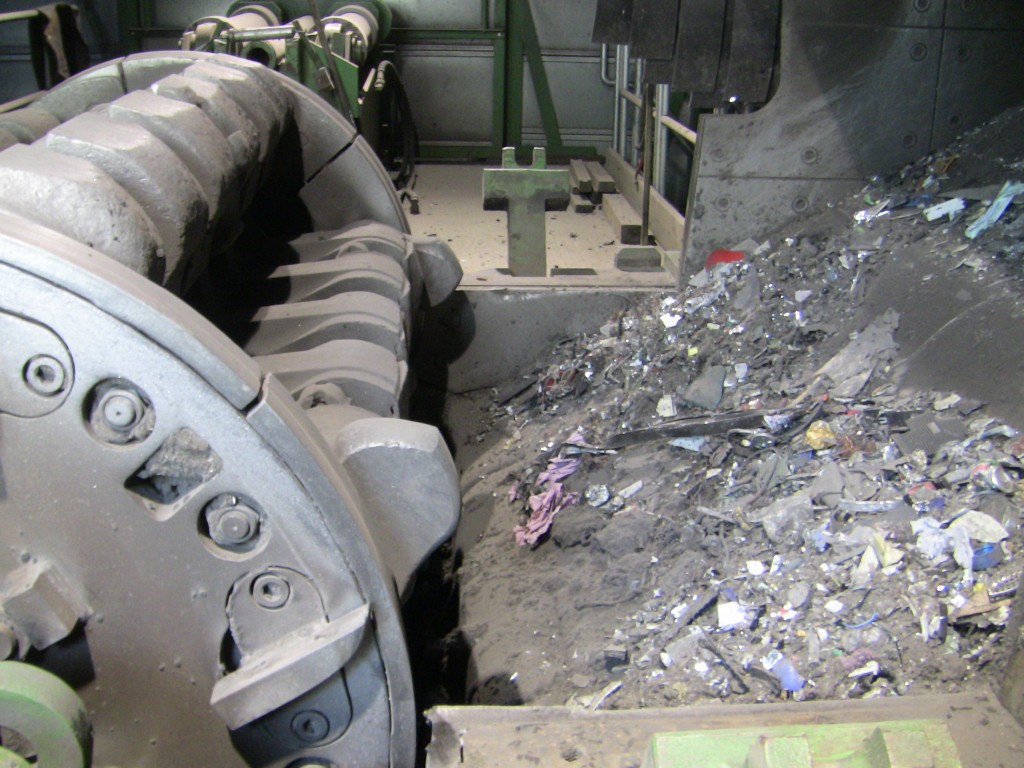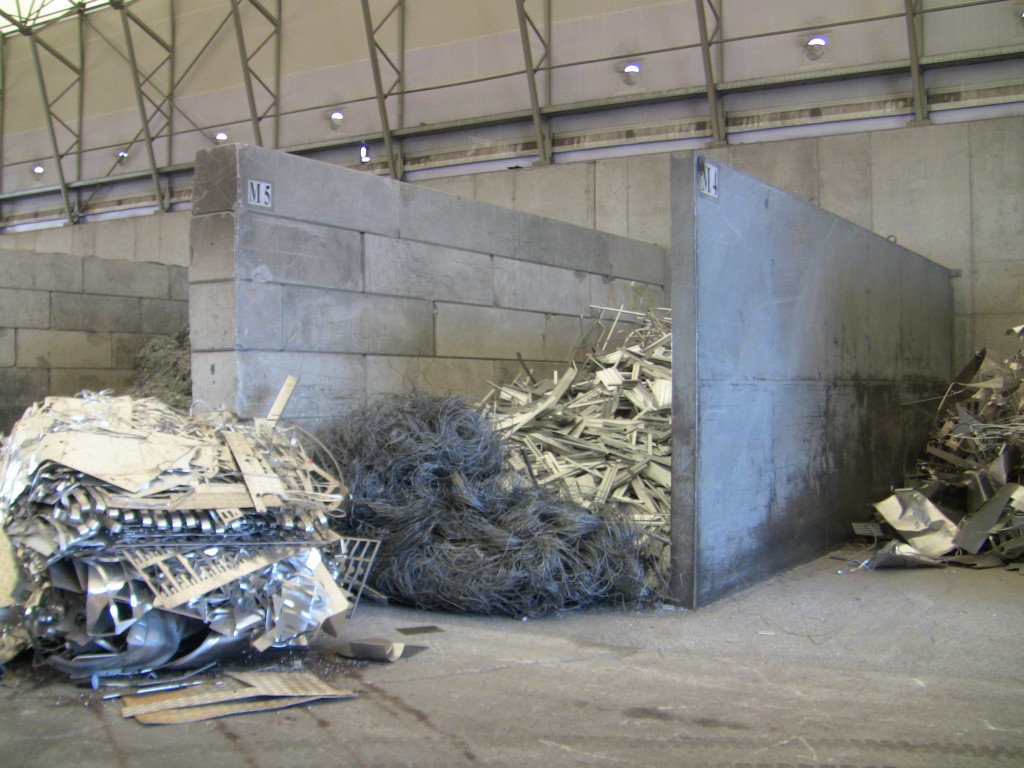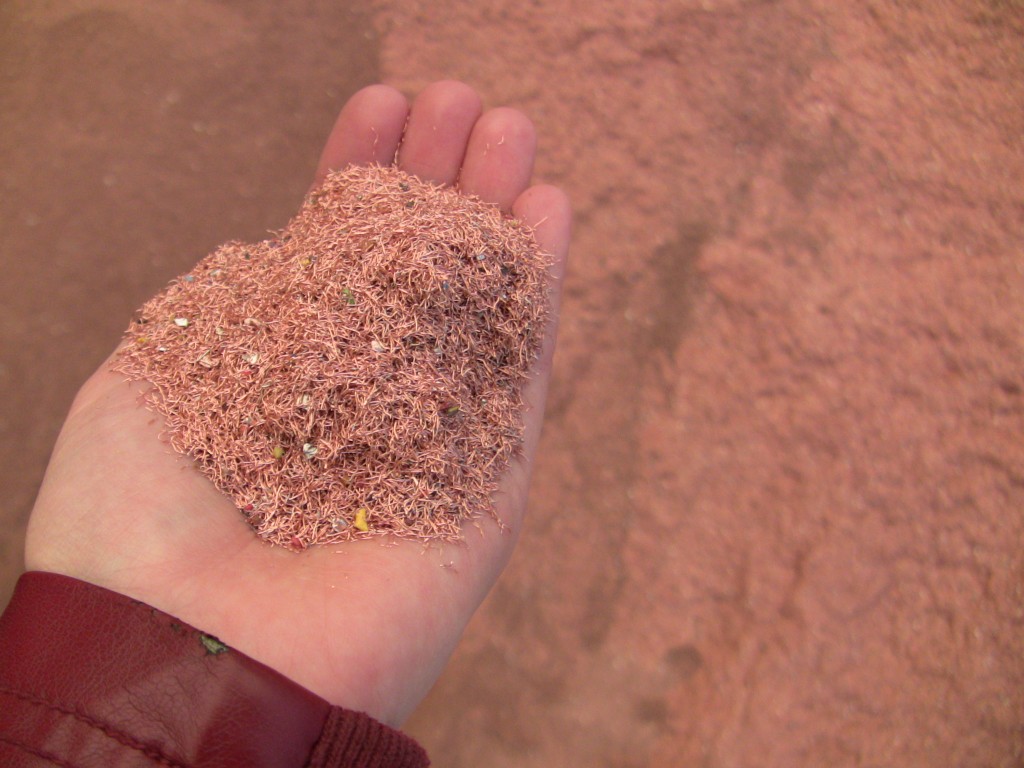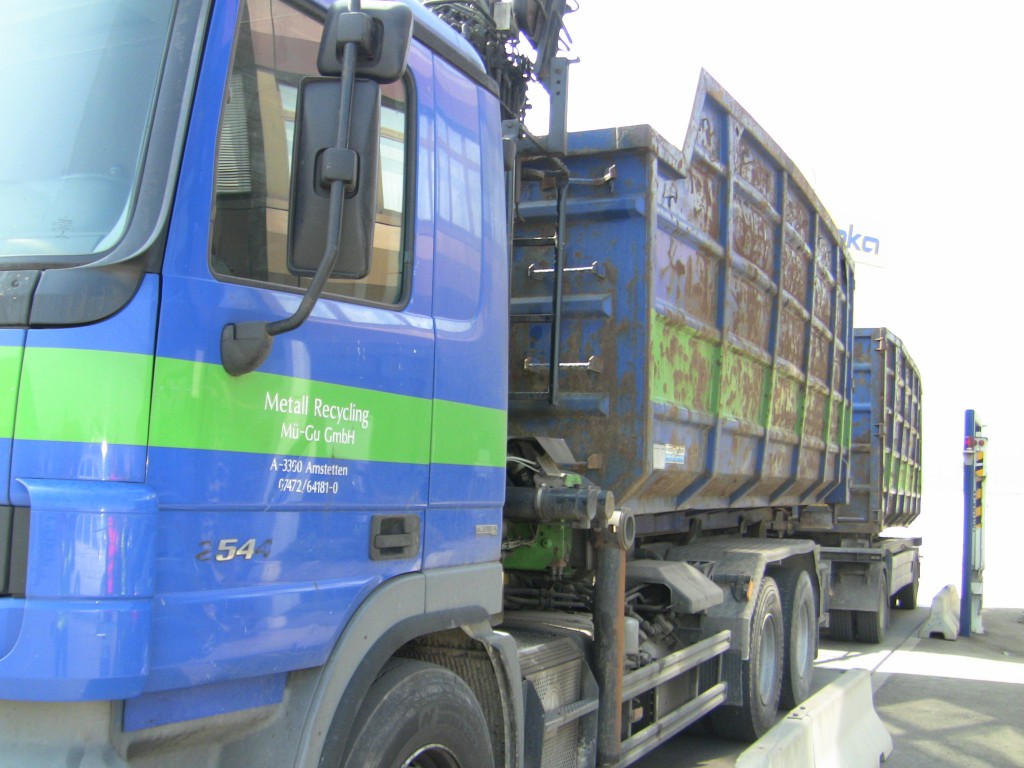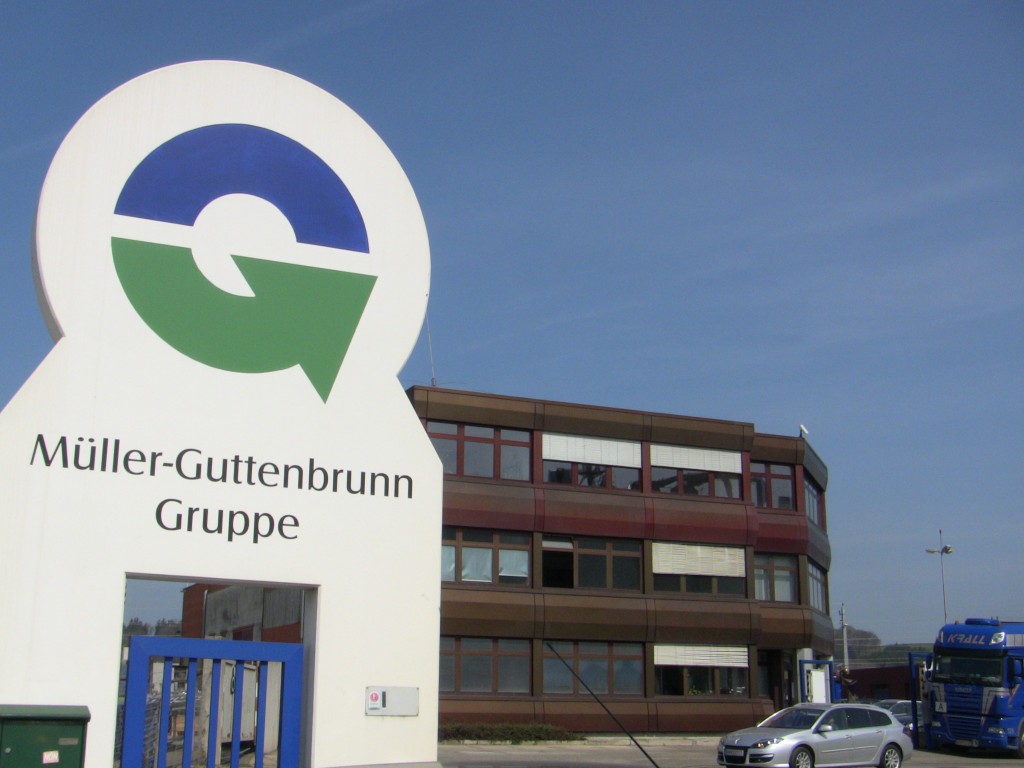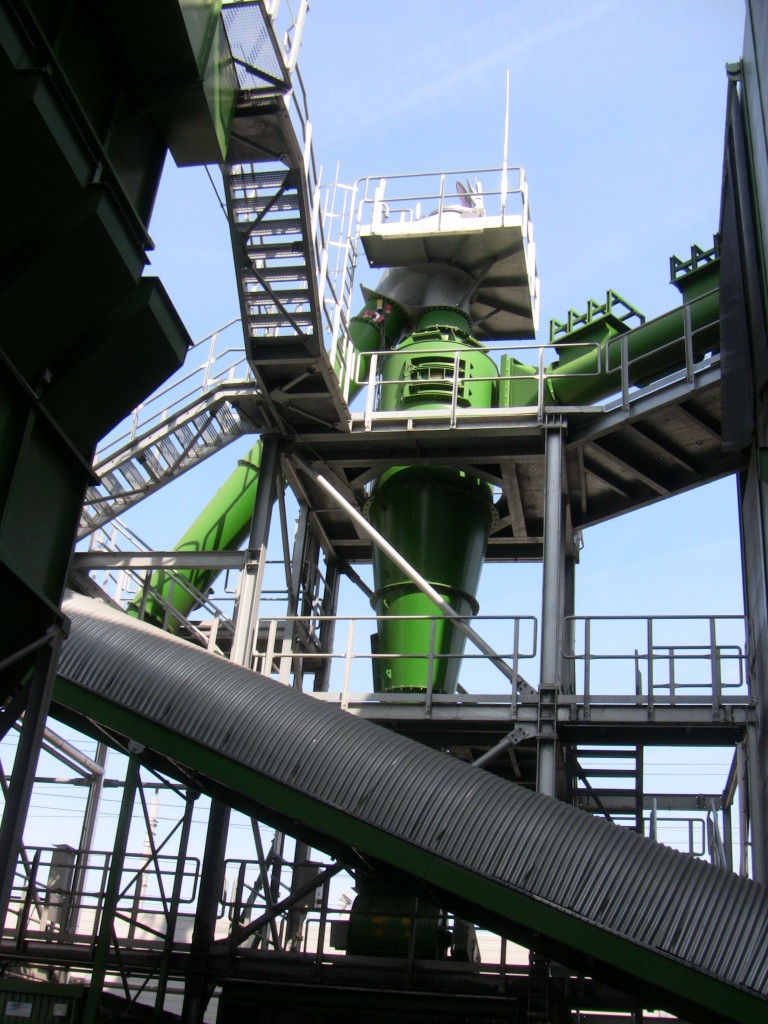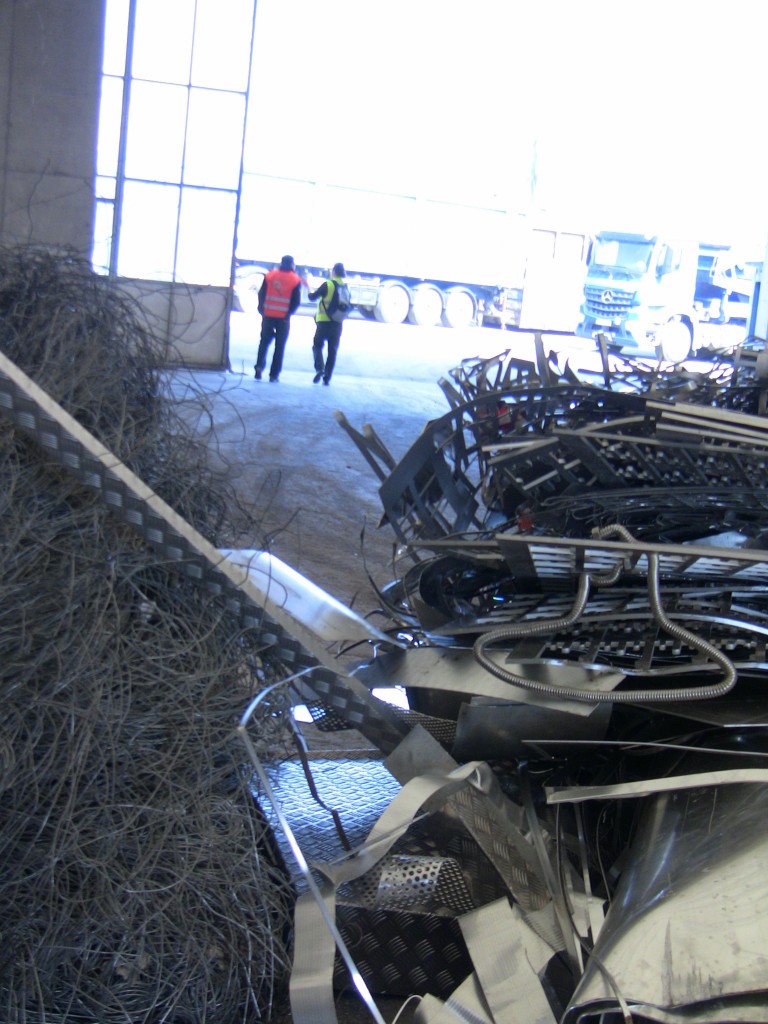A book on our reading list:
Medianatures
The Materiality of Information Technology and Electronic Waste
ISBN: 978-1-60785-261-2
edited by Jussi Parikka
It is divided into 4 topics: Materials, Energetics, Waste, Ecosophy. Here is a short description of each topic from Jussi Parikkas introduction:
This living book consists of three sections. The first, titled ‘Material’, engages with some of the processes and materials from which technical media is produced. This offers a new look at media materialism in a way that is slightly less McLuhanian (‘the medium is the message’) but that insists that the material is the message – or, as Fumikazu Yoshida has it: ‘the relationship between high-technology and environmental problems focuses on high-technology like microelectronics and new material, while biotechnology develops on the basis of new sorts of substances: this is contrary to the saying, ‘the message is more important than the material.’ These substances , even if they have little value in themselves, have long-term and combined effects on human health which are not yet sufficiently clear’ (1994: 105).
The second section, ‘Energetics’, focuses on energy consumption and includes various perspectives on hand-held mobile devices, data-grids and server economies. The key question is how such new forms of digital economy and energy use (on an abstract informatic level, computers are zero-entropy machines) relate to the old regimes of energy production, and, for instance, CO2 emissions.
Third, we focus on ‘Waste’ management – a growing part of literature on the materiality of electronic media and information technology cultures. It relates to the global distribution of electronic waste devices as well as the capitalist tendency to be able to recycle such uselessness (shit’) into economic value (Laporte, 2000). In spite of the increasing amount of international regulation since the 1990s, e-waste is still being exported to developing countries (to India and Pakistan, but still also to China). The process follows international labour trends: work in those countries is cheap. Or, as Pinto bluntly states, ‘The dumping of e-waste, particularly computer waste, into India from developed countries (‘green passport’ according to Gutierrez), because the latter find it convenient and economical to export waste, has further complicated the problems with waste management’ (2008). As work is becoming more expensive in China due to rising labour costs and wages, new countries will become the final address for the things which developed countries do not want any more.
The last section of the book is titled ‘Ecosophy’, following Félix Guattari’s (2000) concept. Ecosophy refers to the creative moment across the three ecological layers he identified as nature, the social and the human subjective ecology. As such, it refers to the creation of new practices and relations within and across ecologies, recognizing that the standard ‘environmental ecology’ perspective is in itself insufficient to tackle the links between capitalist modes of production and specific forms of living attached to that economy. This is why this particular section addresses some ethico-aesthetic perspectives that tap into ‘ecology’ and media in a different vein: it includes texts and links to projects talk about artistic, social science and media theoretical ways to rethink relations between materials, the environment and technologies.
